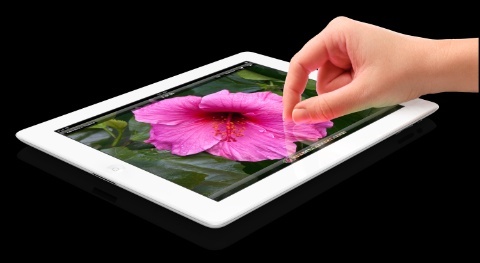Screen size is the main indicator of usage of tablets such as the iPad, according to new data from the NPD In-Stat (http://www.in-stat.com) research group.
Apple ran away with the lead in the tablet market following its April 2010 iPad launch. Competitors scrambled to keep up and many launched their own tablet products in a range of screen sizes, as opposed to Apple with its one 9.7-inch iPad.
For example, Amazon successfully launched the 7.0-inch Kindle Fire, which is tied to Amazon’s content and services; and Samsung rounded out its tablet lineup with the 7.0-inch, 8.9-inch and 10.1-inch Galaxy Tabs.
“As the tablet market continues to heat up, manufacturers are striving to differentiate next-generation products to compete with the iPad,” according to Stephanie Ethier, senior analyst, NPD In-Stat. “Screen size has emerged not only as a key differentiator, but also the leading indicator of different tablet usages. New NPD In-Stat research highlights top tablet usage scenarios based on device screen size and provides market insight based on the different tablet form factors. For example, devices with smaller form factors in the 3.5-inch to less than 7.0-inch range, spanning PMP and tablets categories, best serve entertainment needs that are typically considered complementary to everyday activities like commuting, exercising, and other on-the-go activities.”
Other findings of the study include:
° Worldwide shipments for devices with screen sizes between 3.5-inch to less than 7.0-inch will decline throughout the forecast period to 15.6 million in 2016.
° Despite anticipated price erosion, revenue in the 7.0-inch to less than 8.5-inch form factor represents one of the brightest spots in the tablet market due to anticipated Amazon Kindle Fire.
° Due to continued iPad success, tablets in the 9.7-inch to less than 11-inch form factor category will represent 65% of worldwide tablet shipments.
° The bill of materials for a 9.7-inch tablet will fall to US$246 by 2016 due primarily to strong consumer demand and declining display costs.



